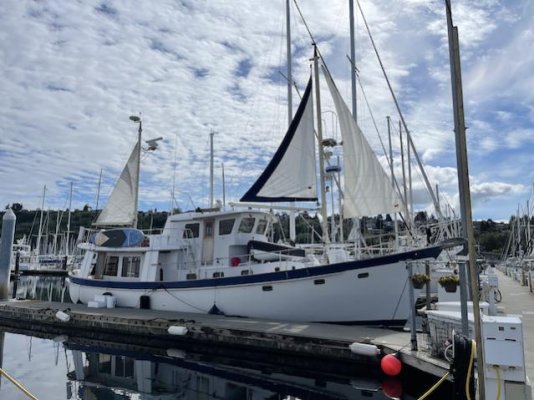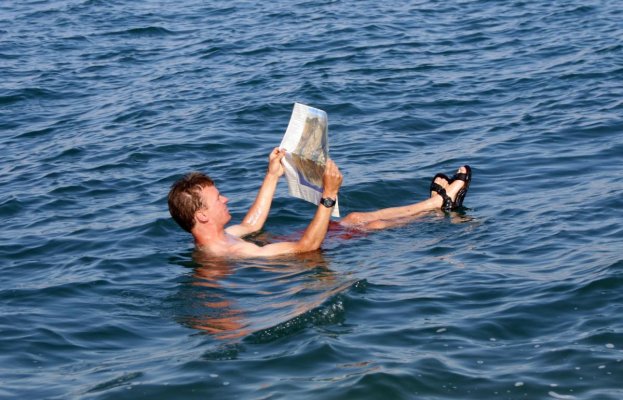Stabilizers
We owned three Nordhavn's and one Helmsman trawler. Two of the Nordhavn's had active fin stabilizer systems (NIAD & TRAC) and we would not own a full displacement hull boat without them. On the smaller N35 (semi-displacement) there was not really a need for them based on the how the boat was being used. When we decided to build a simpler boat for the ICW we specifically did not want (or need) stabilizers for that trip but after cancelling the ICW and boating around southern California we missed the stabilizers. Any time you are in a beam sea of any size you will wish you had some type of system to reduce the roll. While some people can live without them I would argue if you are planning long voyages off shore why wouldn't you want to maximize comfort? The down side is cost but what is the percentage of stabilizers to the total cost of the boat? Likely less than 10% today so if you can afford the boat you can likely afford the value / comfort of this additional system. If 10% is make or break owning the boat then you may want to reconsider the boat you are looking at. Just my two cents for what its worth.
John T.
We owned three Nordhavn's and one Helmsman trawler. Two of the Nordhavn's had active fin stabilizer systems (NIAD & TRAC) and we would not own a full displacement hull boat without them. On the smaller N35 (semi-displacement) there was not really a need for them based on the how the boat was being used. When we decided to build a simpler boat for the ICW we specifically did not want (or need) stabilizers for that trip but after cancelling the ICW and boating around southern California we missed the stabilizers. Any time you are in a beam sea of any size you will wish you had some type of system to reduce the roll. While some people can live without them I would argue if you are planning long voyages off shore why wouldn't you want to maximize comfort? The down side is cost but what is the percentage of stabilizers to the total cost of the boat? Likely less than 10% today so if you can afford the boat you can likely afford the value / comfort of this additional system. If 10% is make or break owning the boat then you may want to reconsider the boat you are looking at. Just my two cents for what its worth.
John T.





